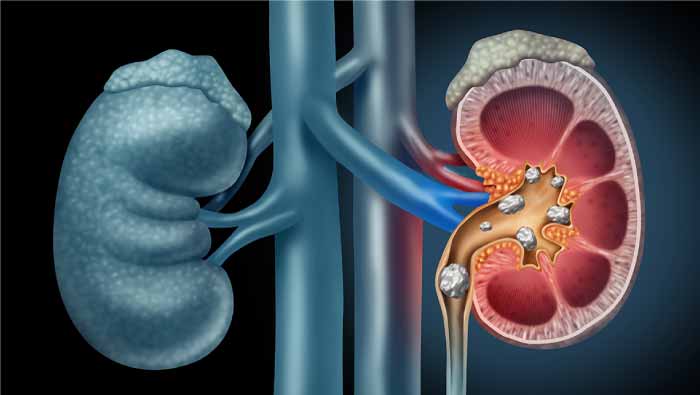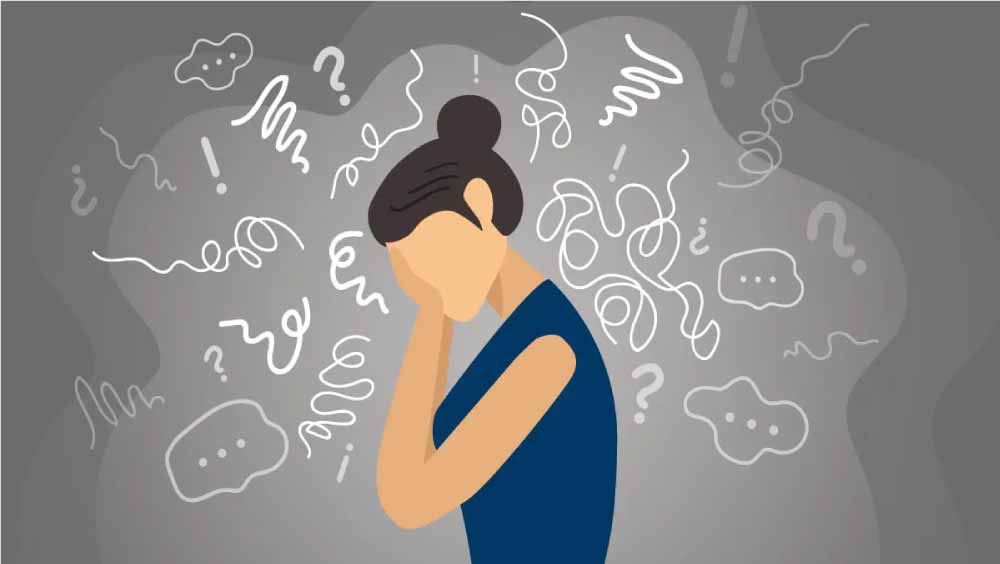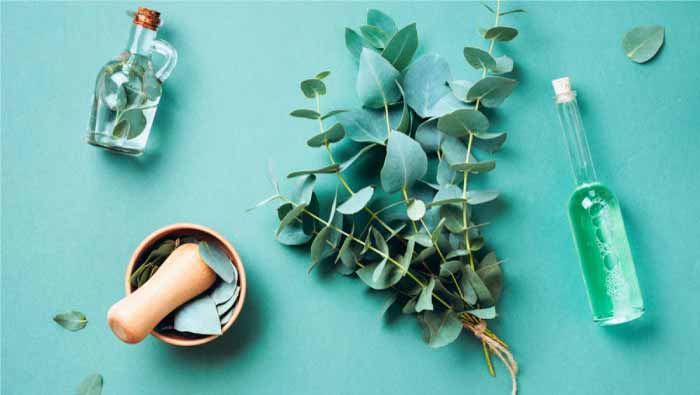Kidney stones are sadly known to be among the most painful medical conditions a person can experience, and they have become increasingly prevalent in recent decades. Currently, about one in 10 Americans will have a kidney stone at some point in their lives. Their reputation for painful condition, combined with their increasing prevalence, leads people to be interested in doing everything they can to avoid them. This attention has led to many myths and misconceptions about kidney stones, what causes them, and what can help prevent them.
Here are six of the most common myths surrounding kidney stones and what patients need to know to know the truth.
Myth No. 1: All stones are painful
Fact: Kidney stones are hard masses that form in the urinary tract and can cause pain, bleeding, infection, or obstruction of urine flow. But they are not always painful, especially when they are first formed. The first signs of stones may be blood in the urine or mild back pain. However, in other cases, kidney stones can be extremely painful and cause nausea and vomiting.
Myth No. 2: Bigger stones are always more painful
Fact: Size is just one factor that determines how painful and potentially dangerous a kidney stone can be. The location of the calculation is the other element that must be taken into account. A smaller stone in a bad place can create an obstruction that is incredibly painful and forces you to go to the emergency room. Depending on the location of the stone, people may feel pain in the back or lower abdomen, or they may experience renal cramping, that is, excruciating and intermittent pain, usually in the area between the ribs and hip, on one side of the flank or back, which radiates down the abdomen and, Often, it extends to the genital area. The pain tends to appear in batches and gradually increases until it reaches a maximum intensity and then dissipates in the next 20 to 60 minutes.
Myth No. 3: Kidney stones always require medical attention
Fact: Kidney stones often require urgent medical treatment, but not always. Some people, including those with a family history or associated medical conditions, such as Crohn’s disease or ulcerative colitis, are more likely to have chronic or repeated kidney stones. These people can develop strategies to safely manage pain and eliminate stones in their home. People who experience flank pain or who see blood in their urine can see a GP or urologist for a urinalysis and imaging test to confirm the diagnosis of kidney stones and develop a treatment plan with their doctor.
However, there are several symptoms that warrant emergency treatment. People should go to the emergency department if they experience severe and persistent pain, nausea and vomiting or fever, which could indicate an infection.
Myth No. 4: Kidney stones are more prevalent in men
Fact: A few decades ago, men had a greater tendency to develop kidney stones. That is no longer the case. Today, many more women suffer from kidney stones, and men and women are almost equally likely to develop them. The researchers believe there are many reasons for this change, including the fact that, today, people in the Western world follow a more acidic diet, as well as the increase in the prevalence of obesity, diabetes and other risk factors.
Myth No. 5: Iced tea causes kidney stones and cranberry juice prevents them
Fact: Many people believe that certain drinks increase the chances of developing kidney stones. Coffee, milk, soft drinks and iced tea are all on the list of usual suspects. The reality is that triggers vary in each person. Acidic drinks or those high in calcium or caffeine may be triggers for some, but they certainly aren’t for everyone. People who suffer from kidney stones should talk to their doctor and undergo some tests before completely avoiding those foods or drinks.
When it comes to preventing kidney stones, lemon juice is better than cranberry juice. Citrus drinks have been shown to increase citrate levels in the urine, which can minimize stone formation. However, according to research, the amount of the drink a person consumes has a much greater impact than the type of drink they drink. Try to drink at least 100 ounces (3 liters) of fluids per day (regardless of fluid), to keep your kidneys clean and decrease the concentration of stone-forming salts.
Myth No. 6: If the pain goes away, the stone has been eliminated
Fact: Unfortunately, the relief you get from decreasing pain does not necessarily mean the stone has been removed. The level of pain may vary as the stone grows and moves. Studies show that of stones that are removed alone, 95% will be removed within four to six weeks. If the pain does not subside after about a month, the potential for the stone to be removed on its own is reduced and it is worth consulting with a doctor about other extraction options.


